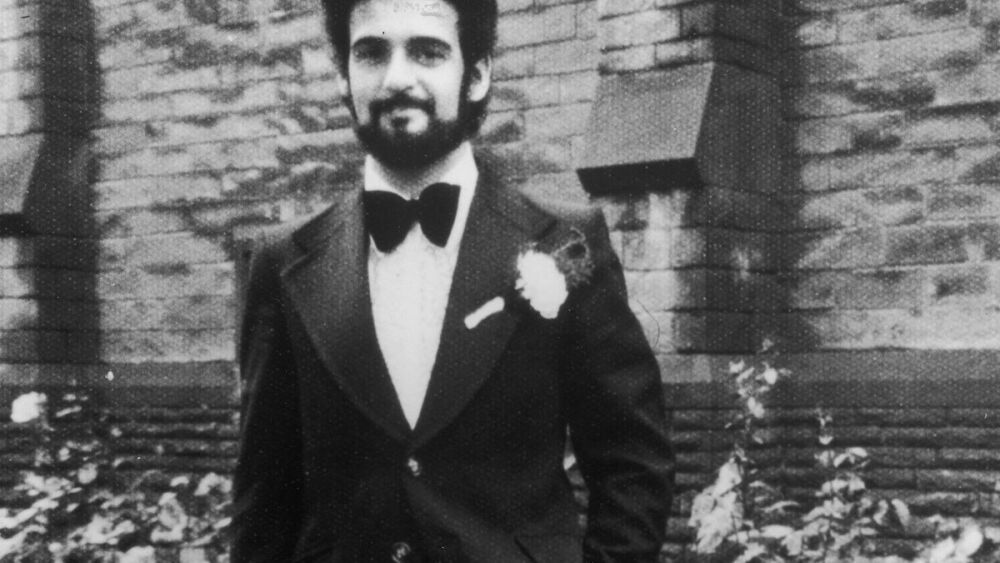By Jessica Schladebeck
New York Daily News
YORKSHIRE, England — Peter Sutcliffe, a notorious serial killer jailed for terrorizing Northern England in the 70s, died at the age of 74 after refusing treatment for coronavirus, the U.K. Ministry of Justice has revealed.
A former grave digger nicknamed the “Yorkshire Ripper,” Sutcliffe had been serving concurrent life sentences for his five-year killing spree across Yorkshire and northwest England when he died at an area hospital early Friday morning. He was arrested in 1981 and pleaded guilty to 13 charges of murder and seven charges of attempted murder prior to his death.
Officials have said Sutcliffe had several underlying medical conditions and that his death will be investigated by the coroner. According to British media, he declined treatment for the fast-spreading COVID-19.
Between 1975 and 1980, Sutcliffe killed 13 women – including a 16-year-old shop assistant. He spent years evading authorities, sparking one of the biggest manhunts the country has ever faced.
He was interviewed nine times amid the investigation, though the killer was only caught after authorities found him with a prostitute in his vehicle.
During his trial, Sutcliffe questioned why he was able to continue his spree for as long as he did.
“It was just a miracle they did not apprehend me earlier — they had all the facts,” he said.
Authorities blamed the delay on an overwhelming amount of information and tips they received in the case across several jurisdictions. Investigators missed key facts in the case and failed to flag details about his appearance, such as a gap in his teeth and size seven feet.
During one of his interviews, officers showed Sutcliffe a picture of the Ripper’s boot print near a body but failed to notice he’d been wearing the exact boots at the time.
In another blunder, a victim who survived being hit in the head with a hammer, Marcella Claxton, was able to help police develop an image of the suspect, which later proved to be accurate.
Claxton’s testimony however, was ultimately discounted by police, who did not believe she was a Ripper victim because she was not a prostitute like some of the other targeted women.
Sutcliffe was sentenced to 20 life terms in prison and was later diagnosed with paranoid schizophrenia.
(c)2020 New York Daily News


